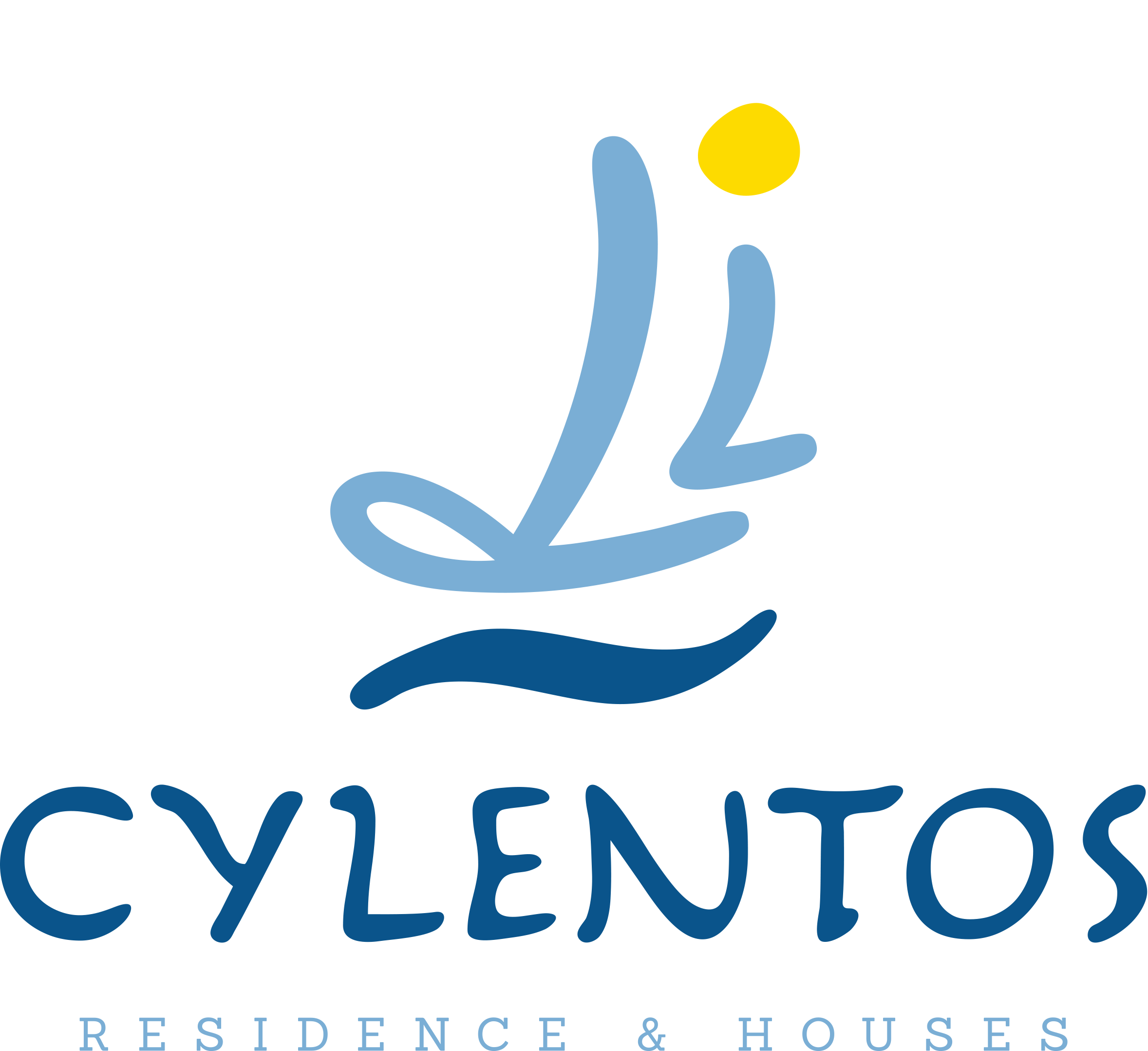Embracing Neurodiversity: Celebrating Differences within Autism Spectrum Disorders
Autism spectrum disorder (ASD) is a complex developmental condition that affects communication, habits, and social interactions. While the exact causes of ASD stay beneath research, it is crucial to have a comprehensive understanding of the spectrum to provide efficient support and treatment. According to the аутизм, early intervention and specialized therapies can significantly enhance the standard of life for individuals on the spectrum.
Exploring the Spectrum: Defining Autism Spectrum Disorder
Autism spectrum dysfunction is characterised by a range of symptoms, together with challenges with social skills, repetitive behaviors, and difficulties in verbal and nonverbal communication. It is crucial to recognize that every particular person with ASD has a singular set of strengths and challenges, making it a ‘spectrum’ dysfunction.
ASD can manifest in various forms and levels, affecting people in another way. Some might have issue with social interactions and communication, whereas others might display repetitive patterns of conduct or intense give attention to particular pursuits. Sensory sensitivities and challenges in understanding and expressing feelings are additionally widespread features of ASD.
Classifying Autism Spectrum Disorder
ASD encompasses a variety of subtypes, each with its own distinct characteristics and challenges. These might include autistic dysfunction, Asperger syndrome, and pervasive developmental disorder not otherwise specified (PDD-NOS). Understanding these subtypes may help tailor interventions to the precise needs of people.
While some people with ASD may have important challenges that require substantial support, others might have milder symptoms that enable them to lead relatively independent lives. Recognizing the individual strengths and capabilities of each individual on the spectrum is crucial for providing appropriate support and fostering their improvement.
Support and Care for Individuals with Autism Spectrum Disorders
Early intervention, behavioral remedy, and specialised teaching programs play a vital function in managing ASD. Providing a supportive and understanding surroundings for people on the spectrum is key to helping them lead fulfilling and independent lives. Collaborative efforts between households, educators, and healthcare professionals are very important in ensuring the greatest possible outcomes for these with ASD.
It is important to acknowledge that there is no one-size-fits-all strategy to treating ASD, as every particular person may respond differently to numerous interventions. Personalized therapy plans that contemplate the particular needs and strengths of the person can significantly enhance their general well-being and quality of life.
Current Research and Progress
Ongoing research in the subject of autism spectrum dysfunction continues to make clear the underlying causes, potential therapies, and efficient interventions. Advances in neuroscience and behavioral studies provide hope for improved understanding and administration of ASD, ultimately contributing to a more inclusive and empathetic society.
By promoting consciousness and acceptance, society can create a more supportive and accommodating environment for individuals with ASD. This includes providing accessible resources, selling inclusive schooling, and fostering a tradition of understanding and respect for neurodiversity.







